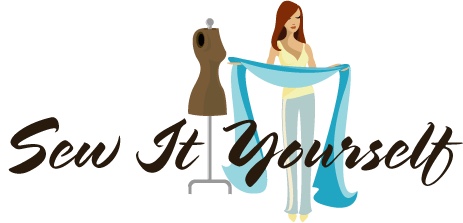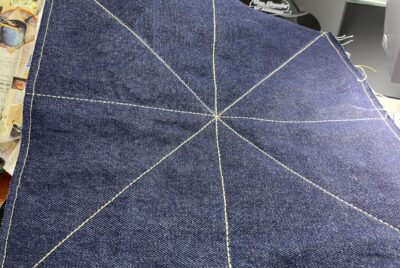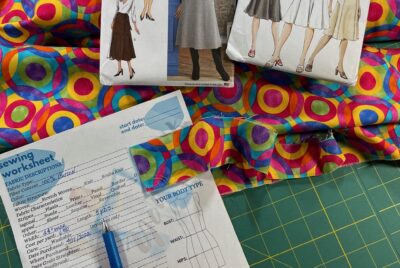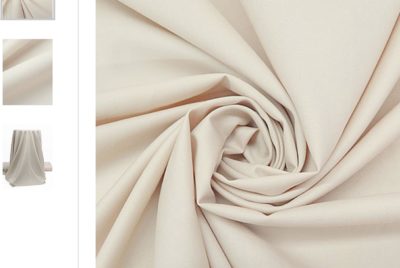7 Simple Ways to Practice Sewing Straight Line Stitches Straight line stitching How many times have…
Sewing Your Own Clothes: What You Should Know
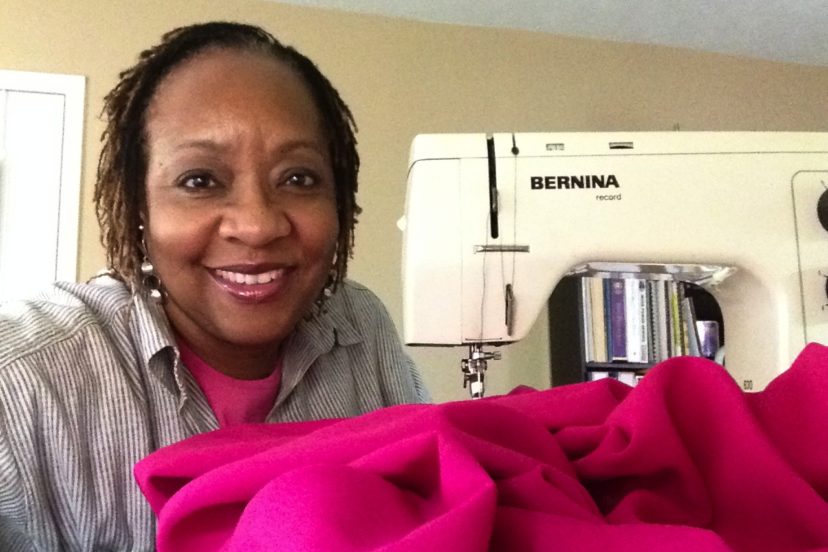
The desire to learn how to sew clothes is reaching an all-time high. Whether it’s because of TV shows like Project Runway, The Fashion Show or the Great British Sewing Bee, inspiring dreams of creativity to design clothes, or just the ability to mend a favorite garment; many individuals are now sewing their own clothes.
Benefits of sewing your own clothes
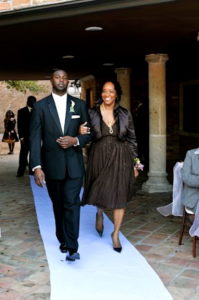 Sewing your own clothes can be very satisfying, especially when they fit. In addition, you get to choose the style, fabric and color that you want. You are no longer limited to the clothes on the rack in your favorite department store.
Sewing your own clothes can be very satisfying, especially when they fit. In addition, you get to choose the style, fabric and color that you want. You are no longer limited to the clothes on the rack in your favorite department store.
You may have heard other reasons such as the need to sew a button back on that came off doing laundry, that it’s too expensive to have alterations done, too difficult finding clothes that fit a tall, skinny body or it’s just looks like a fun thing to learn how to do.
One size does not fit all
Most of us do not fall in the average standard size category that the fashion industry uses to produce Ready-To-Wear clothing.
The fashion industry has catered to a very specific body type among women: tall, narrow and pencil-like. Unfortunately, this is not a body type that most women have.
Body proportions are not equal
Maybe you are petite on top with flattering hips and thighs on bottom. You can easily find a perfectly fitting top at one store, but have to search for hours looking for a coordinating skirt or pair of pants.
Or, you have long arms and anything you buy with sleeves is always too short with no extra fabric to let them out.
Or, your legs are longer, which means that any pants you buy off the rack are always too short and you need them altered to add length.
Perhaps you are faced with a slightly different problem now that your body has matured, and need to add more width to comfortably fit your arms and thighs. Either way, knowing how to sew your own clothes is the perfect solution to a changing body shape.
Clothes fit better when you sew them yourself
When you sew for yourself you can adjust patterns to fit you. Patterns come in all sizes. You can choose the size that fits you best and make changes in areas that may be needed. You will no longer have to concern yourself with pants fitting your hips but leaves a huge gap at your waist.
If nothing in the ready-to-wear arena fits your body the way you want, comes in the color that complements your skin tone, or fits your budget, you always have another option.
You’ll never be concerned about stepping into a room on any special occasion and spotting someone across the room in the exact, same outfit that you are wearing.
Thank goodness, most people are kind enough not to say anything when they notice the same outfit on two different bodies, unintentionally. But, you think they are talking with the look in their eyes. It could ruin the makings of a good evening, if you let it.
“If only you could sew your own clothes,” you say quietly to yourself, “I would not have this problem.”
How to get started
A beautiful dress may look beautiful on a hanger, but that means nothing. It must be seen on the shoulders, with the movement of the arms, the legs, and the waist. —Coco Chanel
No matter how your body is shaped, you want to look and feel beautiful. Therefore, the perfect place to start is getting to know your body better.
Understanding your body shape and the type of designs that show off your good features mean that you’ll be able to sew in a way that really flatters your figure.
Wardrobe consultants use five typical body shapes to help their clients shop for ready-to-wear clothing that look best on them. You should determine the shape that closely matches your body:
1) Rounded Body Shape, also known as Apple or Diamond Shape.
2) Triangle Body Shape, also known as Pear Shape.
3) Hourglass Body Shape, known as the one that everyone thinks is the ideal body shape.
4) Inverted Triangle Body Shape, also known as Athletic or Wedge.
5) Rectangle Body Shape, also known as Ruler or Straight.
You too, can use this information to determine flattering styles and choose patterns to sew your own stylish, professional-looking clothes that fit your body the way you want.
Sewing patterns
The pattern industry uses different criteria from Ready-to-Wear to determine pattern sizes. Pattern sizes are based on your body measurements, so you don’t want to make the mistake of buying a pattern based on the size you purchased any piece of clothing in Ready-To-Wear.
Patterns can be ordered online in PDF to be printed from your computer or paper form delivered by mail as well as in retail stores. Whether you shop for downloadable patterns such as Indie Patterns or local retail stores, you will find measurement charts on the company’s website or in the back of the pattern catalog to help your select the most appropriate size.
Pattern sizes
The good thing is that most patterns come in multiple sizes and your objective is to cut on the lines labeled with the size that corresponds to your body measurements.
Keep in mind, that pattern sizes are different from ready-to-wear sizing, so if you normally wear a size 16 off-the-rack, don’t be surprised if the pattern size is a size 18 or 20 based on your body measurements.
If you started sewing with simple patterns such as pajamas or loose-fitting pants and not advanced patterns like a pair of jeans that require a lot of work, you can easily build your sewing skills. Avoid patterns that require technical skills like applying a zipper or buttonhole on the finished garment.
When sewing clothes for the bottom portion of your body, use the waist and hip measurements to determine which pattern size to choose. If your hips are much larger in proportion to your waist, use the hip measurement as the deciding factor. The waist is easier to adjust than the hips.
Don’t worry about your lack of sewing experience or that your first outfit will not be perfect. Relax and enjoy the process. The point is to get started; as you build your sewing skills, then move on to more challenging patterns and projects.
What you need to sew clothes
Every sewing project needs basic tools, pattern, fabrics, threads, needles and a reliable sewing machine. What you need to have exactly will be based on the type of clothing that you will be making and is usually provided on the pattern envelope.
Use the pattern envelope back as a shopping guide to purchase additional items you need to complete the style you have chosen. Every part of the envelope tells you something important about each specific design.
Each pattern company shows a variety of information on their envelopes, so be sure to review it carefully to avoid a return trip to the store or a delay in the competition of your project.
Selecting fabrics
Before you cut the fabric you have purchased, check the pattern envelope for a list of fabric types most suited for the pattern design. The designer also provides a list of fabric restrictions that may be “off limits.” Choosing a restricted fabric type could make your project more difficult, but not impossible. This section provides any concerns regarding the suitability of difficult fabrics such as plaids, stripes, diagonals, one-way designs as well as napped fabrics, such as velvets and corduroys.
A list of the basic sewing tools and equipment are provided here.
Final thoughts
When you take responsibility for the way you look, and you do the work to enhance who you are, you will feel good about yourself and radiate confidence from the inside out. The beauty of sewing your own clothes opens all kinds of possibilities. You control creating your own image, and developing your own unique sense of style.
No matter what your body shape, you want to balance the impression of weight by appearing perfectly proportioned to all that see you coming. Sewing is your super power!
